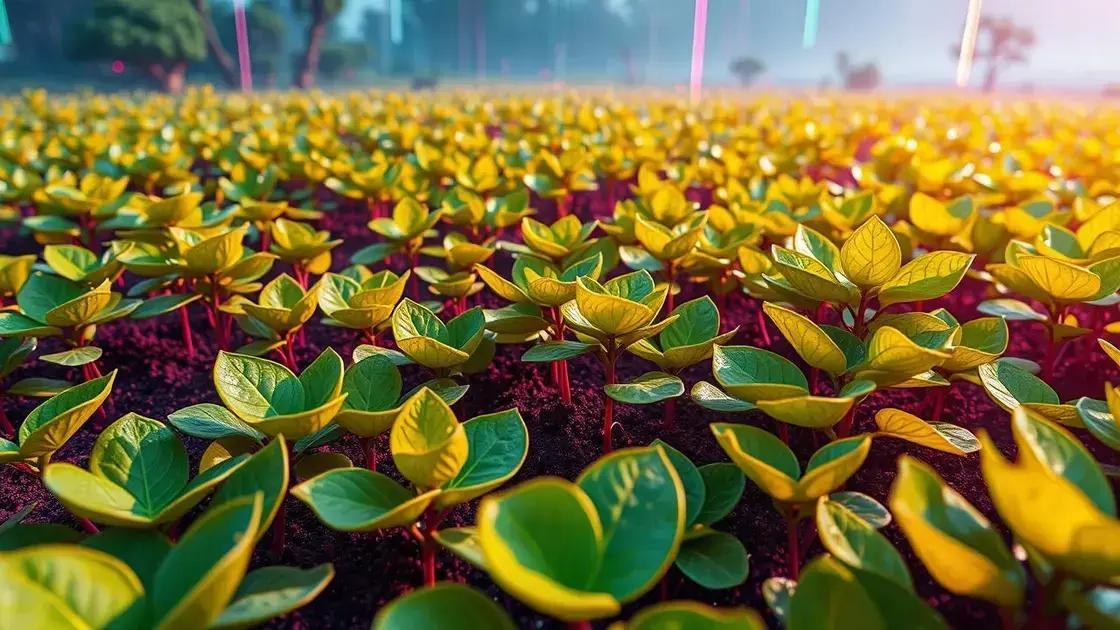How to Care for Curry Leaves Plant: 7 Secrets to a Lush Green Harvest
How to care curry leaves plant is a question many gardeners ask, eager for that aromatic flavor in their dishes. Caring for this plant isn’t just about watering; it’s an art. Delve into effective watering techniques, soil needs, and pest management to ensure your curry leaves thrive.
Table of Contents
ToggleEssential watering techniques for curry leaves plants
Essential watering techniques for curry leaves plants are crucial for their growth and vitality. Proper watering practices ensure your curry plant remains healthy, producing aromatic leaves you can use in your culinary creations. Let’s explore how to achieve the best results through effective watering.
Understanding the watering needs of curry leaves plants
Curry leaves plants thrive in specific conditions when it comes to watering. The key is to keep the soil consistently moist but not waterlogged. Here’s what you need to consider:
- Soil type: Well-draining soil is essential to avoid root rot.
- Climate: Hotter regions may require more frequent watering.
- Growth stage: Young plants need less water than mature ones.
Watering Frequency
How often should you water your curry leaves plant? Here’s a simple guide:
- Young plants: Water every 2-3 days.
- Mature plants: Water weekly, adjusting based on weather conditions.
Signs of Over or Under Watering
Keep an eye on your curry leaves for subtle signs that indicate your watering habits:
| Sign | Indication |
|---|---|
| Wilting leaves | Under watering |
| Yellowing leaves | Over watering |
| Soil cracking | Under watering |
| Mold on soil surface | Over watering |
Watering Techniques
To properly water your curry leaves plant, consider these techniques:
- Use a watering can: Allows for direct control over the amount of water.
- Soak method: Ensure water reaches the root zone by soaking the soil thoroughly.
- Timing: Water early in the morning for optimal absorption.
By implementing these essential watering techniques for your curry leaves plants, you can ensure they remain healthy and productive. For more information on growing herbs successfully, don’t miss exploring indoor gardening techniques.
Optimal soil requirements for growing curry leaves

Optimal soil requirements for growing curry leaves are essential to ensure the health and productivity of your plants. The right soil mix can significantly impact the growth rate and quality of your curry leaves, making it crucial for home gardeners and herb enthusiasts.
Understanding the ideal soil composition
Curry leaves plants flourish in well-draining soil that retains sufficient moisture without becoming waterlogged. Here’s what to look for in your soil mix:
- Adequate drainage: Ensures excess water escapes, preventing root rot.
- Compost or organic matter: Adds nutrients and improves soil structure.
- pH level: A slightly acidic to neutral pH between 6.0 to 7.0 is ideal.
Mixing your own soil
Creating a custom soil mix for your curry leaves improves growth. Follow this simple recipe:
- One part potting soil: Provides essential nutrients and retains moisture.
- One part perlite or sand: Enhances drainage and aeration.
- One part compost: Enriches the mix with organic matter.
Signs of unsuitable soil
Recognizing soil issues early can save your curry leaves from decline. Here are some indicators:
| Sign | Meaning |
|---|---|
| Water pooling | Soil is poorly drained. |
| Stunted growth | Nutrient deficiency or unsuitable pH. |
| Yellowing leaves | Possible overwatering or root issues. |
Enhancing soil nutrition
Regularly amend your soil mix to boost nutrient availability:
- Use organic fertilizers every couple of months.
- Add worm castings or additional compost annually for ongoing health.
By ensuring optimal soil requirements for growing curry leaves, you pave the way for a fruitful harvest. For more guidance on enhancing your gardening skills, consider exploring indoor gardening techniques.
Common pests and diseases affecting curry leaves care
Common pests and diseases affecting curry leaves care can hinder the growth of your plants. Understanding these threats enables you to take proactive measures to safeguard your curry leaves. Let’s dive into some typical issues and their solutions.
Identifying pests that target curry leaves plants
Several pests can attack curry leaves plants, causing distress and damage. Here are a few common culprits:
- Leaf miners: These pests burrow into the leaves, creating unsightly trails.
- Aphids: Small insects that suck sap, causing stunted growth and leaf curl.
- Spider mites: Tiny spiders that produce webs and cause yellowing leaves.
Preventing and managing pest infestations
Implementing preventative measures is vital for pest control. Here are effective strategies:
- Regularly inspect plants for signs of pests.
- Use neem oil or insecticidal soap as organic deterrents.
- Encourage beneficial insects, such as ladybugs, to control pest populations.
Common diseases that affect curry leaves
Apart from pests, curry leaves plants can also be susceptible to diseases. Here are a few to watch out for:
| Disease | Symptoms |
|---|---|
| Powdery mildew | White powdery spots on leaves, leading to leaf drop. |
| Root rot | Mushy roots and yellowing leaves due to overwatering. |
| Leaf spot | Dark spots on leaves, which may progress to leaf drop. |
Treating and preventing diseases
To keep your curry leaves healthy, here are some treatment strategies:
- Avoid overhead watering to reduce humidity on leaves.
- Ensure proper drainage in pots to prevent root rot.
- Remove affected leaves immediately to prevent the spread of disease.
By proactively addressing common pests and diseases affecting curry leaves care, you can ensure your plants thrive and yield flavorful leaves. Explore more tips for successful gardening by exploring indoor gardening techniques.
In conclusion
Caring for your curry leaves plant is essential for achieving a lush and flavorful harvest. By understanding the optimal soil requirements, implementing effective watering techniques, and proactively managing pests and diseases, you can cultivate healthy plants that thrive. Remember to regularly assess your plants and adjust your care regimen as needed. With the right approach, your curry leaves will flourish, enhancing your culinary creations and indoor garden. For more valuable insights, check out these tips on enhancing your indoor garden.

